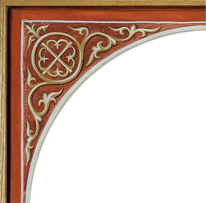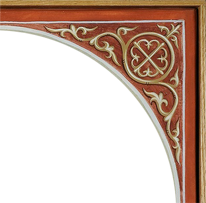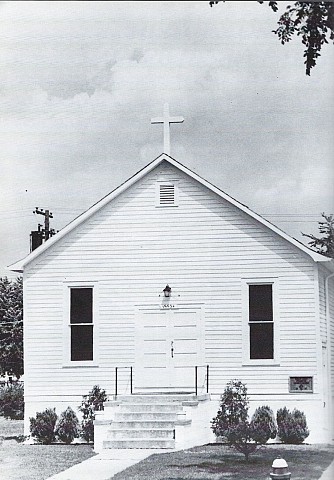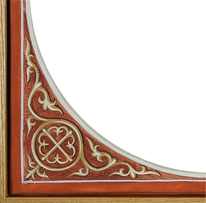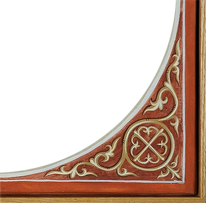The History of Sacred Heart Parish
After World War II, many returning servicemen married and began families. Many of these new families purchased homes in the western fringes of Detroit and the western suburbs such as Redford and Livonia. Up to this point, they were members of and attended St. Nicholas Byzantine Catholic Church, then located on Detroit’s East Grand Boulevard. A group of these west siders approached Rev. William Lesko, pastor of St. Nicholas, about the possibility of having a Byzantine Catholic Church on the west side. He suggested that they locate a suitable building at a reasonable price and he would then help with the required permission from Bishop Nicholas T. Elko and with the financing.
A building was found on Beech-Daly Road near Five Mile Road in Redford Township and was purchased in April of 1957. Painting and remodeling the building to make it suitable for a Byzantine Church was begun and completed on June 30, 1957. The following month, the first Baptism and Chrismation in the new parish took place.
May 6, 1959 Sacred Heart was assigned its own pastor, Rev. Myron Hornyak, relieving Father Lesko of the duty of administering Sacred Heart as well as St. Nicholas and the newly formed St. Basil the Great parishes. Many new families joined Sacred Heart but the Beech-Daly building was small and there was little space to expand. Between 1961 and 1964, the current property pieces in Livonia were purchased allowing room to grow. Ground breaking on the current church took place on October 23, 1966 with the participation and blessing of Bishop Elko. The first Divine Liturgy in the new building took place January 6, 1968. The church was formally blessed by Bishop Emil J. Mihalik in September of 1969.
Eventually, an Activity Center and a Catechetical Center were built to meet the needs of the parish family. Previously, classes were held in an old garage, a vacant house on the property, and the rectory basement. These additions allowed the parishioners to experience fellowship and the students to have actual classrooms instead of make-shift ones.
